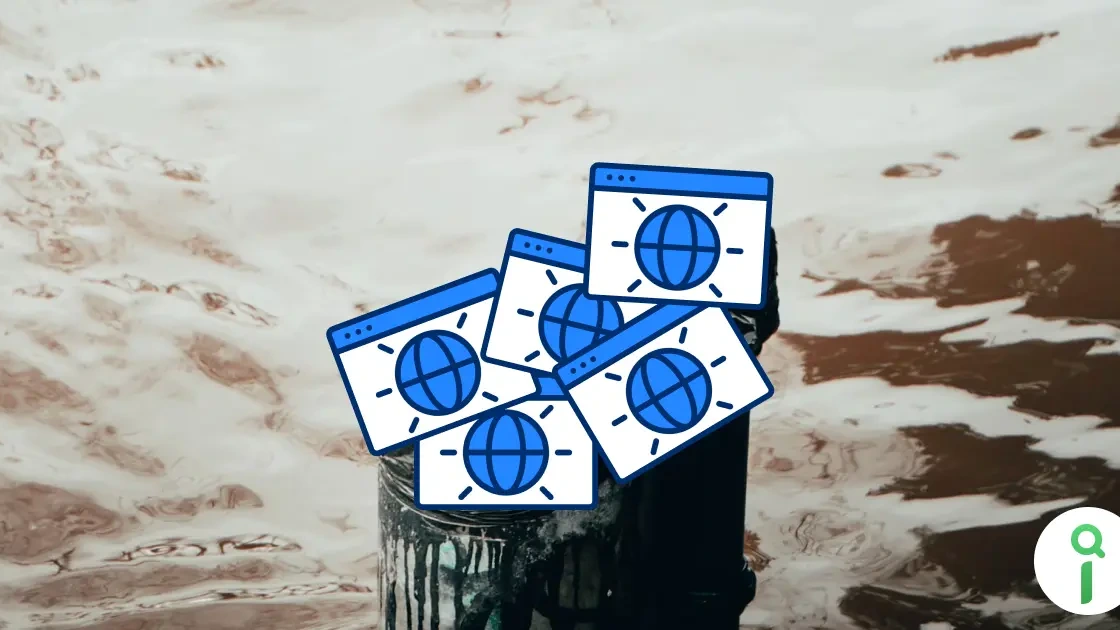The Ultimate Guide to Strategic De-indexing for Better SEO (2025)
Strategic de-indexing is the process of removing low-quality pages from search engines to boost your website's overall SEO performance. Learn when and how to effectively prune your website's indexed pages to improve search visibility and domain authority.

Aditya Tripathi
Author

Let's face it – websites can get messy. Over time, they accumulate pages like a closet collects clothes. And just like that spring cleaning you do at home, your website needs regular maintenance to stay in top shape.
Why De-index Pages?
Search engines are getting smarter every day, but they still need our help understanding which pages matter most. I've seen countless websites where old test pages, outdated promos, and thin content are dragging down their overall performance.
Here's what usually needs to go:
- Those pesky duplicate pages from A/B testing
- Last year's promotional landing pages
- Tag pages that barely have any content
- Admin sections that shouldn't be public anyway
- Archive pages that keep multiplying
The truth is, keeping low-quality pages indexed is like trying to run a race with weights on your ankles. It's holding you back, and you might not even realize it.
When to Pull the Trigger on De-indexing
This isn't about randomly removing pages – you need to be strategic. After years of working with websites across different industries, I've found these are the clear signs it's time to de-index:
- Pages that haven't seen organic traffic in months
- Content that visitors bounce from immediately
- Information that's so outdated it's practically ancient history
- Pages competing with your better content for the same keywords
- Backend stuff that search engines don't need to see
Impact on Your Site's Authority
Here's something most people don't realize: your website's authority isn't just about your best pages – it's about your worst ones too. One rotten apple can spoil the bunch, as they say. When search engines crawl your site, they're looking at the whole picture.
Smart Content Pruning
Before you start de-indexing everything in sight, take a breath and follow these steps:
- Do Your Homework First
- Pull up your analytics and really dig into the traffic data
- Look at how people actually interact with your pages
- Hunt down those sneaky duplicate content issues
- Consider Your Options
- Maybe that underperforming page just needs a refresh?
- Could you combine similar pages into something more substantial?
- Would redirecting make more sense?
- Keep an Eye on the Results
- Watch your important keyword rankings like a hawk
- Monitor your traffic patterns
- Pay attention to how conversions are affected
Making De-indexing Manageable
I'll be honest – trying to handle all this manually is a nightmare. It's like trying to keep track of inventory with a pencil and paper. That's where modern tools come in handy.
Our team built Indexed specifically to take the headache out of this process. It helps by:
- Keeping tabs on your sitemap changes automatically
- Spotting deleted pages before they become an issue
- Showing you clear stats on how pages are performing
- Following up on how your de-indexing decisions pan out with domain authority scores
Look, maintaining a healthy website isn't always exciting work, but it's crucial for long-term success. Strategic de-indexing is like regular maintenance on your car – a little effort now saves you from bigger problems down the road.
Want to make your website lean and mean? Give Indexed a try and see the difference smart de-indexing can make.

